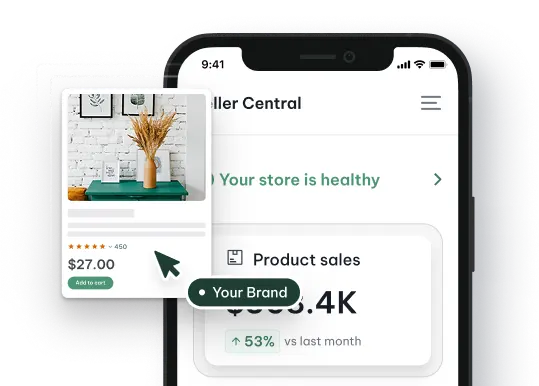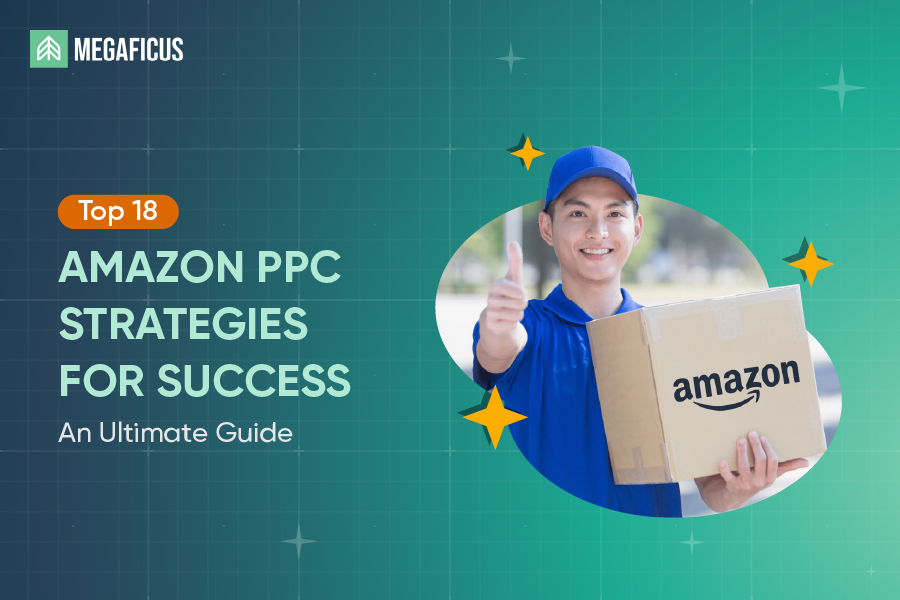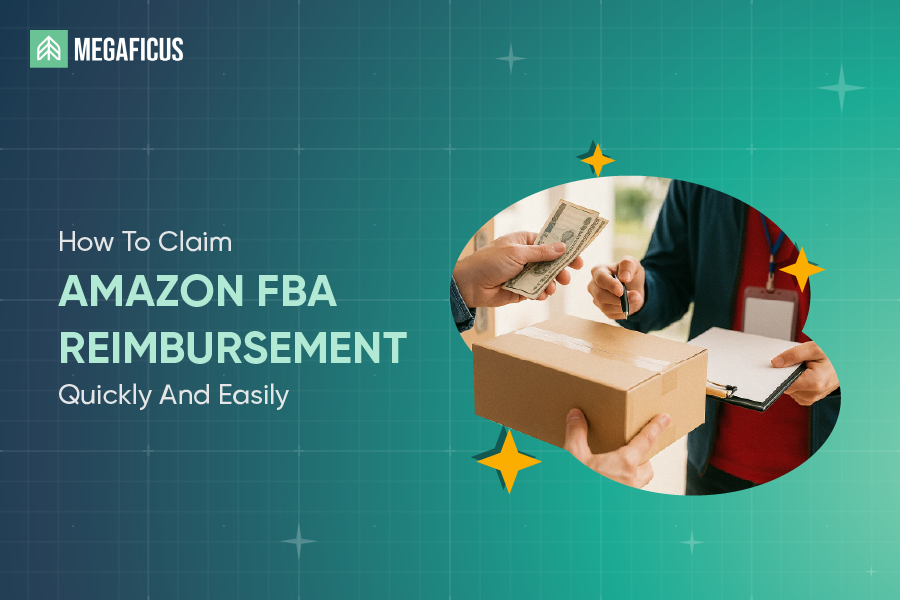What is an Amazon Sponsored Display ad, and why should sellers pay attention to it? In this guide, Megaficus walks you through why and how to use it effectively, no matter the size of your budget!
Quick Summary
- Amazon Sponsored Display ad promotes in-stock products on and off Amazon using shopping behavior signals. These ads appear on product pages, search results, devices, and external sites like Twitch and Freevee.
- How They Work: Use CPC or vCPM bidding and target shoppers via product/category or past behavior.
- Getting Started: Add 10+ ASINs, select targeting, set a daily budget, and launch ads.
- Best Practices: Focus on reach or conversions, maintain sufficient budget, refine targeting, promote complementary products, and use multiple ASINs.
What Are Amazon Sponsored Display Ads?
Amazon Sponsored Display ads are self-service advertising solutions that let sellers promote their products both on and off Amazon using precise targeting options. These options are designed to reach shoppers at different stages of their buying journey.
The ads are also retail-aware, meaning they only appear when your products are in stock or hold the Buy Box, which helps control ad spend while improving conversion chances.
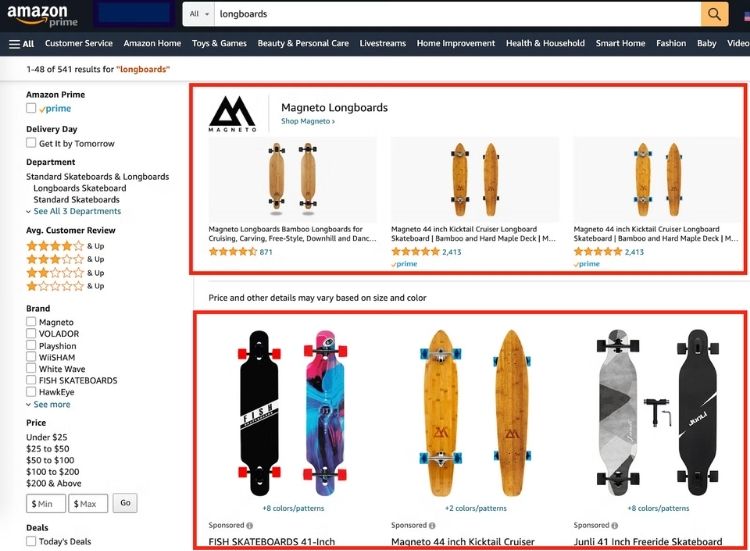
Amazon’s Sponsored Display ads can show up both on Amazon’s platform and beyond it. On Amazon, shoppers may see them on the homepage, in search results, on product detail pages, in customer reviews, and among related items or categories.
Beyond Amazon, you can find these ads on third-party websites and apps, including Twitch and IMDb, as well as on Fire TV devices and Fire tablets.
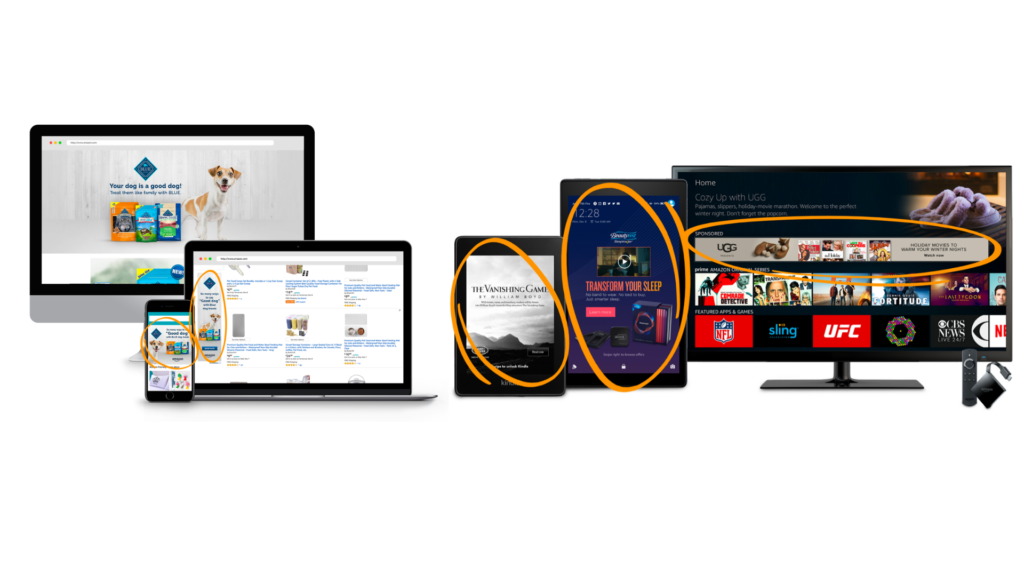
Benefits Of Sponsored Display Ads
Amazon Sponsored Display Ads are designed to improve visibility, attract the right audience, and drive more sales. Below are some key advantages of using Sponsored Display Ads:
Targeted Advertising to Boost Sales and Conversions
Sponsored Display Ads make it possible to reach shoppers based on their behavior, interests, and shopping history. You can show your ads to people who have viewed similar products, browsed related categories, or visited your own product pages.
In addition, you can place ads directly on competitor product listings, which helps you capture the attention of customers who are actively searching for those products.
Broaden Reach And Enhance Brand Visibility
Your ads can appear both on Amazon and third-party platforms, which helps your products reach a wider audience. Also, consistent exposure across various platforms helps build brand recognition and trust, making it more likely that shoppers will choose your products when they are ready to make a purchase.
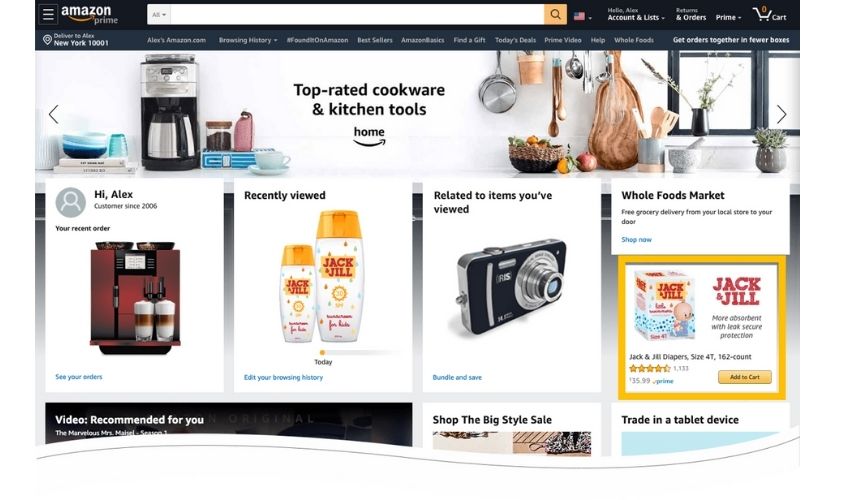
Cost-Effective Advertising
Sponsored Display Ads use a cost-per-click (CPC) model, meaning you only pay when someone clicks on your ad. This approach helps you spend your budget efficiently, ensuring that you invest only in shoppers who have shown genuine interest in your products instead of paying for views that may not convert.
How Do Amazon Sponsored Display Ads Work?
Sponsored Display ads use shopping signals rather than keywords for targeting. Amazon tracks what customers view, purchase, or add to their cart, then uses this data to recommend products that match their interests.
Sellers choose a targeting tactic and place a bid. The highest bid wins the placement, and the ad may appear as a banner, widget, or video across Amazon or partner sites.
Sponsored Display ads use a cost per click (CPC) or cost per thousand viewable impressions (vCPM model), meaning you only pay when someone clicks or views the ad.
Note: Amazon recommends starting with a daily budget of around $40 to generate meaningful results.
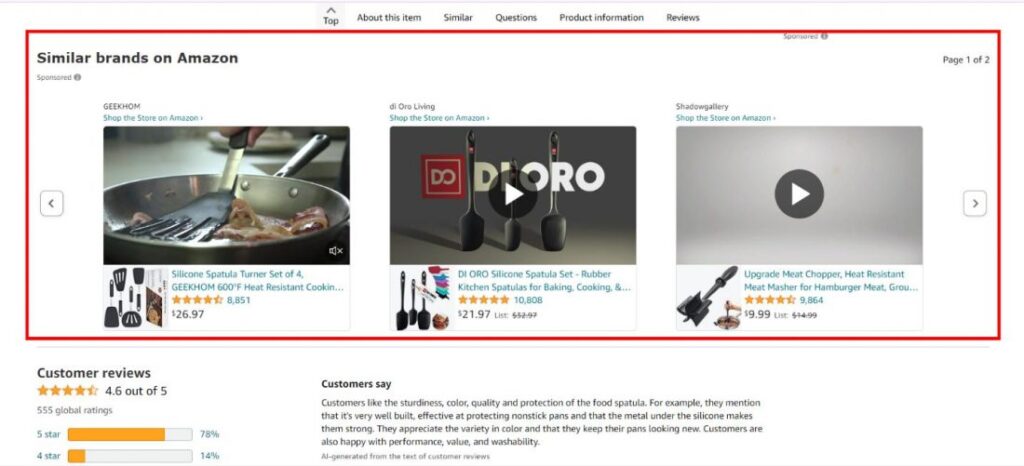
Amazon Sponsored Display Ad Targeting Options
Megaficus shows you how to use targeting options to make your Sponsored Display ads more effective.
Contextual Targeting
When using contextual targeting, sellers can choose between ASIN targeting and category targeting. Each option works in a slightly different way:
ASIN Targeting
With ASIN targeting, your ads are shown to shoppers who are viewing products that are the same or very similar to yours. This increases the chance that they will also notice your product.
When a shopper clicks on the ad, they are taken directly to your product detail page, where they can learn more and complete a purchase. This method is especially useful for encouraging additional sales.
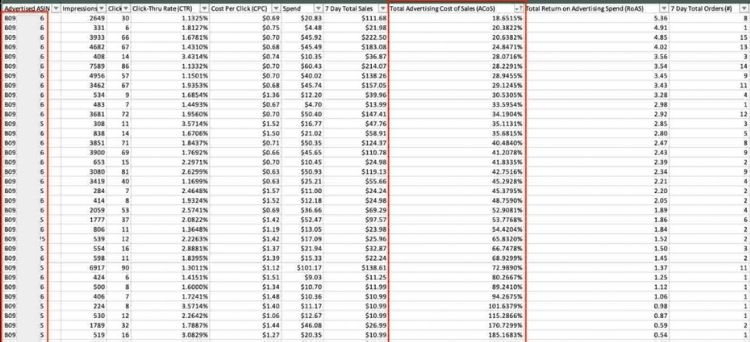
Category Targeting
Category targeting allows your ads to appear to shoppers browsing within the same or related product categories. This makes it easier for potential buyers to come across your products while exploring similar options.
You can refine this targeting further by applying filters such as price range, customer reviews, brand, or Prime shipping eligibility, ensuring your ads reach the most relevant audience.
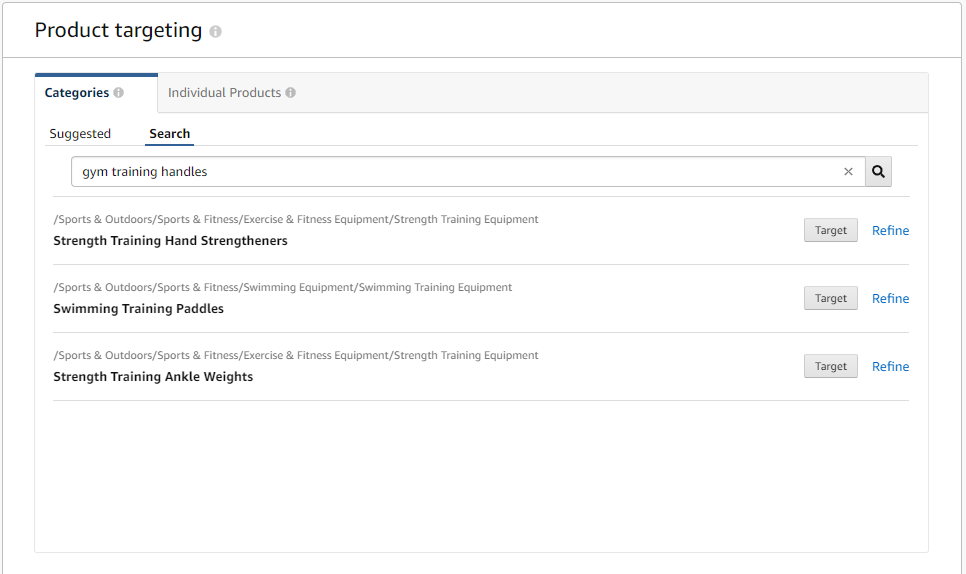
Audience Targeting
Audience targeting helps sellers connect with new shoppers or re-engage those who have already shown interest in their products. With this method, ads can be tailored to specific groups of customers, making it easier to highlight the right products to the right audience. This type of advertising is often referred to as remarketing.
Views Remarketing
View remarketing targets shoppers who have visited a particular product detail page within a certain time frame. It is designed to remind these customers of the product, encourage them to complete their purchase, and even bring back those who abandoned their carts.
Sellers can choose lookback windows of 7, 14, 30, 60, or 90 days to retarget shoppers who viewed their products or similar items.

Purchases Remarketing
Purchases remarketing focuses on customers based on their previous buying behavior. This strategy is useful for encouraging repeat purchases, improving customer loyalty, promoting cross-sells, and attracting new buyers.
Sellers can select lookback periods of 7, 14, 30, 60, 90, 180, or 365 days to reach shoppers who bought their products or related ones during that time.
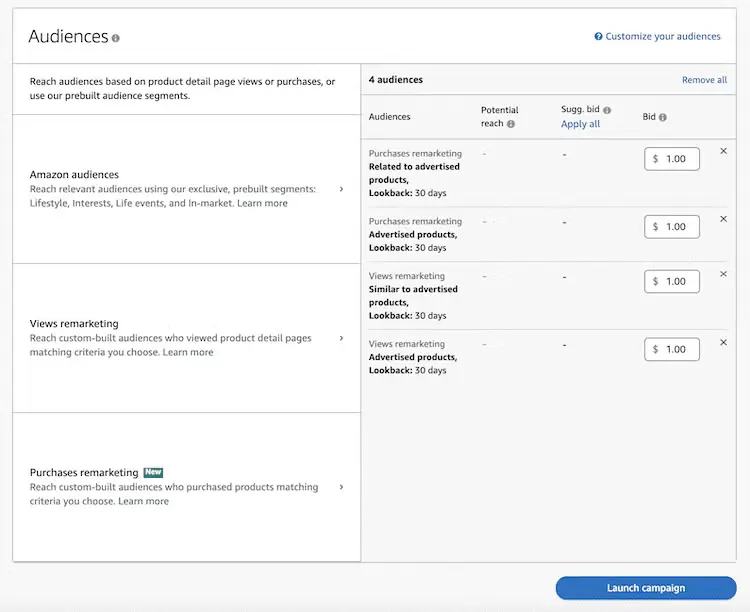
Amazon Audiences
Amazon creates audience groups based on customers’ shopping behavior and their activity on streaming or content platforms. These groups are divided into four main types: in-market, lifestyle, interests, and life events:
- In-Marke: In-market audiences include shoppers whose past behavior shows they are actively looking to buy products from a certain category.
- Lifestyle: Lifestyle audiences consist of customers who demonstrate consistent habits or preferences, such as frequently purchasing home items on Amazon or regularly watching shows on Prime Video.
- Interests: Interest-based audiences are formed from shoppers who share similar interests, which Amazon identifies using browsing and purchasing data.
- Life Events: Life events audiences include customers whose purchases reflect significant moments in their lives, such as moving to a new home.
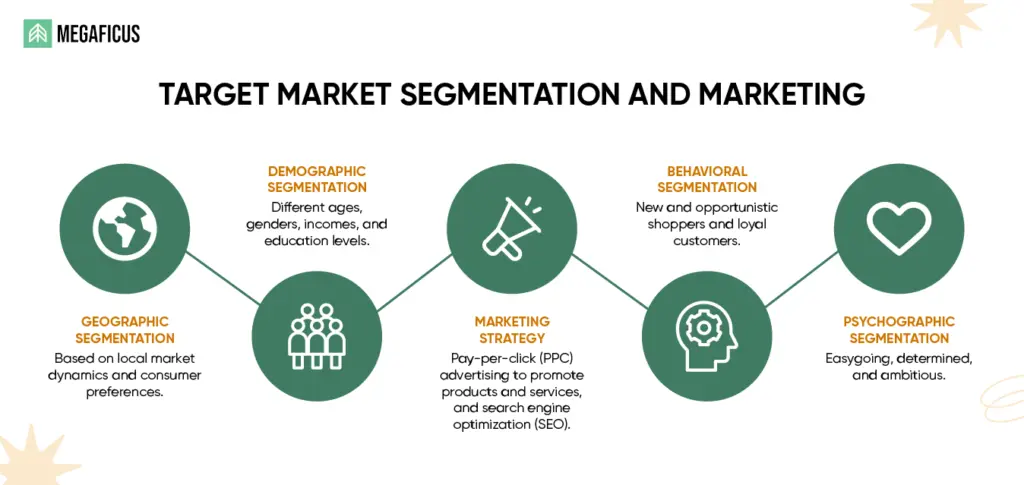
Costs And Budgeting For Sponsored Display Ads
Sponsored Display ads do not require a minimum spending limit, so you can set a budget that works best for your business. There are two main ways you may be charged:
- The first is CPC, which means you pay each time a shopper clicks on your ad.
- The second is vCPM, which means you pay for every 1,000 times your ad is shown and can be seen by shoppers.
In both cases, the final amount you pay depends on the bid you set along with other influencing factors.
When it comes to budgeting, Amazon recommends starting with a daily budget of around $40 to give your campaign enough room to perform and gather useful data. Over time, you can adjust the budget based on your advertising goals, overall marketing spend, and the performance of your ads.
>>> Read more: How Much Should I Spend on Amazon PPC? Smart Guide 2025
How To Create Amazon Sponsored Display Ads: Step-By-Step Guide
Creating a Sponsored Display campaign is straightforward and can be done in just a few steps. Here’s how you can set up your first campaign:
Step 1. Log in to Amazon Ads
To log in to Amazon Ads, you follow these steps:
- If you’re new, go to advertising.amazon.com, click “Sign up,” and choose an account type.
- If you already have an account, simply sign in and select Sponsored Display as your campaign type. (You may need to link your Vendor Central account if you haven’t already.)
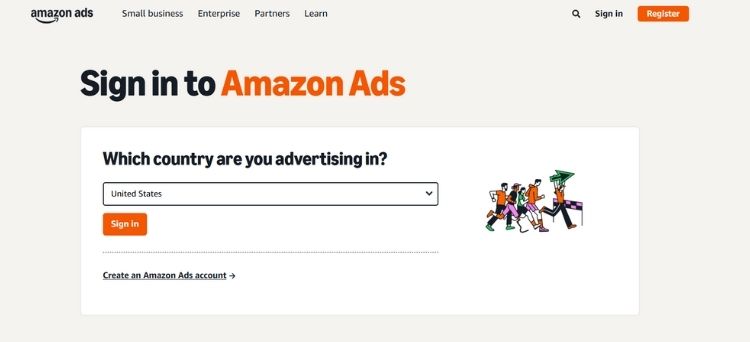
Step 2. Create a new campaign
From the left-hand menu, select Campaign Manager, then choose Sponsored Display.
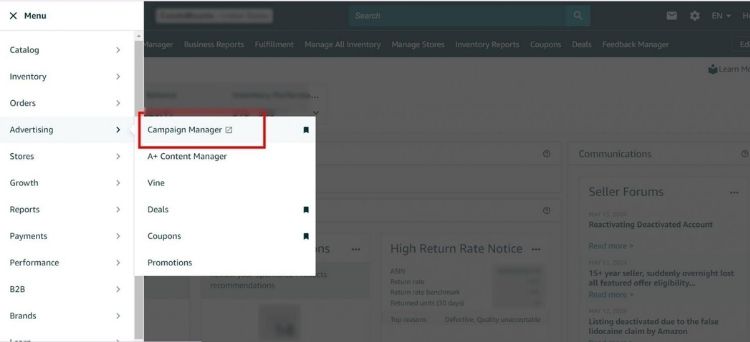
Step 3. Name your campaign
Pick a simple, clear name so you can easily identify it later. Only you will see this name.
Step 4. Set the campaign duration
It’s recommended to run campaigns without an end date so they don’t stop before you see results. Note that it may take 7–14 days for ad-driven sales to be attributed to your campaign. You can pause or restart at any time.
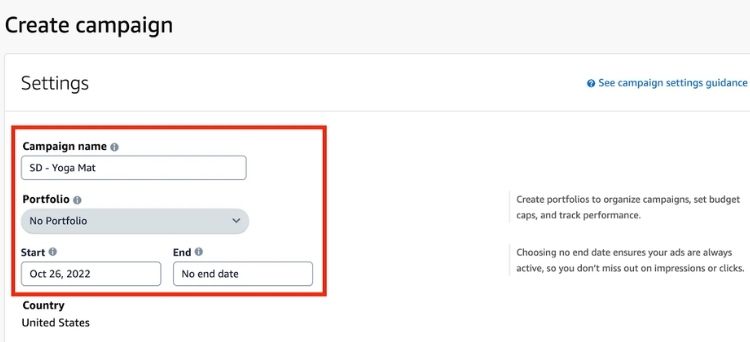
Step 5. Define your budget
There is no minimum spend required. You can adjust your daily budget at any time. For small and medium businesses, a daily budget of $40–$60 is recommended, with adjustments based on performance.
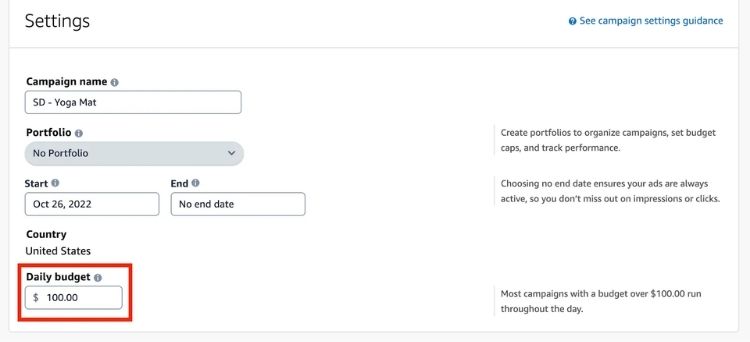
Step 6. Choose your bidding strategy
You can select CPC (cost-per-click) or vCPM (cost per 1,000 viewable impressions). Start with the suggested default bids (around $1 for CPC or $5 for vCPM) and adjust as you track performance.
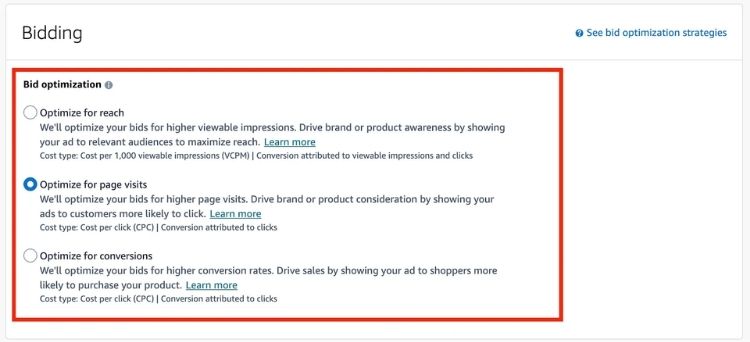
Step 7. Create ad groups
Ad groups help organize multiple ads within a campaign. Products in the same group will share the same bid and targeting. Use clear, descriptive names for easy reference.
Step 8. Select your ad format
Choose between image or video formats to showcase your products. You can also customize ads with your brand logo, lifestyle images, or promotional badges.
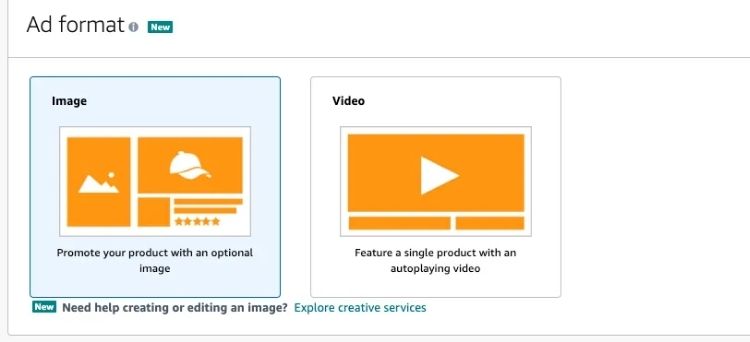
Step 9. Add your products
Include at least 10 high-performing products in your campaign. Aim for items in the same category, with similar price points, positive reviews, and quality images. This gives your campaign enough variety to show relevant ads.
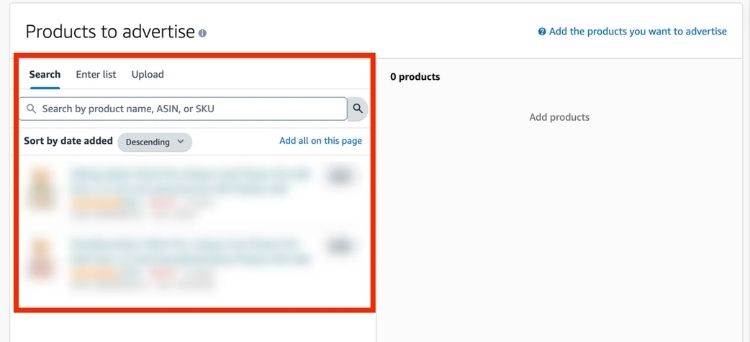
Step 10. Choose targeting options
Select how you want to reach shoppers:
- Contextual targeting – target relevant products or categories.
- Audience targeting – re-engage past viewers or buyers, or reach new audiences based on Amazon’s shopper insights.
For best results, combine both targeting types.
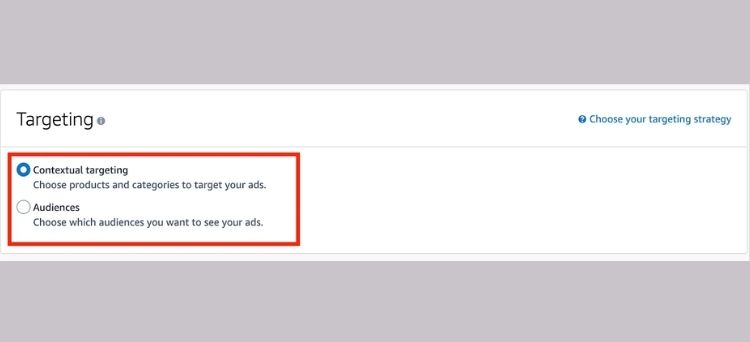
Step 11. Launch your campaign
Sponsored Display automatically builds your ads using product images, titles, ratings, Prime badge, and price. Your ads will update automatically if product details change. Once everything looks good, launch your campaign.
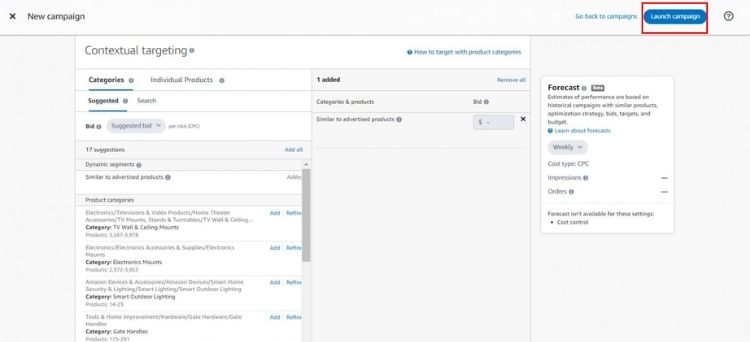
Tips to Optimize Sponsored Display Ads
When you set up a Sponsored Display campaign, the first big decision is what you actually want out of it. You can think about your options like:
- Go for Reach (vCPM) if your main goal is to get your brand seen. You’ll pay per 1,000 viewable impressions, which is great if you’re trying to build awareness or launch something new.
- Choose Page Visits (CPC) if you’re focused on getting shoppers to check out your product detail pages. You only pay when someone clicks, so it’s a solid choice for driving traffic.
- Optimize for Conversions (CPC) if what you really want is sales. Amazon will push your ads toward shoppers who are more likely to buy, helping you turn clicks into actual orders.
Once you’ve nailed down your goal, here are some tips that Megaficus recommends to get better results from your campaigns:
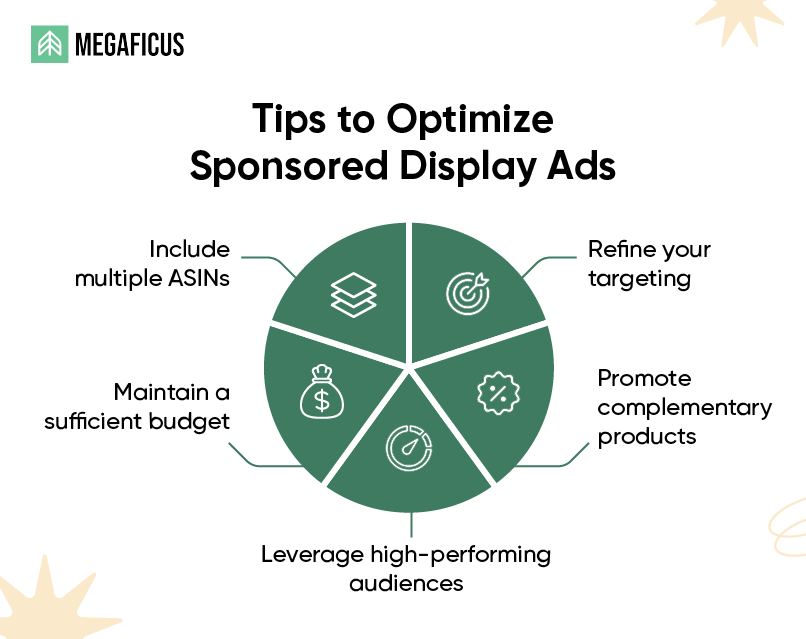
- Include multiple ASINs: Use at least 10 ASINs per campaign to increase auction wins and stay relevant to more shoppers.
- Maintain a sufficient budget: Keep campaigns running throughout the day; increase daily budget or lower bids if needed.
- Refine your targeting: Add narrower, more relevant targets instead of just lowering bids for underperforming categories.
- Promote complementary products: Add items that ads help sell or related products to capture more opportunities.
- Leverage high-performing audiences: Identify strong-performing segments, target similar audiences, or create additional campaigns with different strategies to expand reach.
Compare Amazon Sponsored Display Ads vs Other Ad Types
Besides Sponsored Display, Amazon also provides three other advertising options for brand-registered sellers: Sponsored Products, Sponsored Brands, and DSP. In this part, Megaficus shows the comparison between Amazon Sponsored Display Ads and other Amazon advertising options:
| Attributes | Sponsored Products | Sponsored Brands | Sponsored Display | DSP |
|---|---|---|---|---|
| Powered by | Keywords | Keywords | Shopping signals | Shopping signals |
| Cost Structure | CPC | CPC | CPC & CPM | CPM |
| Can advertise | Single ASINs | Multiple products | Multiple products | Multiple products |
| Targeting options | Basic, limited | Basic, limited | Advanced, granular | Very advanced, granular |
| Brand registry | Not required | Required | Required | Not required |
| Placement | On Amazon | On Amazon | On & Off Amazon | On & Off Amazon |
| Minimum ad-spend | None | None | None | $50,000 (managed service) |
| Retargeting available | No | No | Yes | Yes |
FAQs About Amazon Sponsored Display Ads
Amazon Sponsored Display ads use a cost-per-click (CPC) model, so you pay only when someone clicks your ad, typically between $0.05 and $10 per click. You can also choose a cost-per-thousand-impressions (vCPM) model, paying for every 1,000 views.
No. To use Sponsored Display ads, you must be enrolled in Amazon Brand Registry. These ads are only available to brand-registered sellers because they are designed to help promote both products and brand presence on Amazon.
You can track success by looking at metrics such as impressions, clicks, click-through rate (CTR), conversions, cost per click (CPC), and return on ad spend (ROAS).
Yes. Sponsored Display ads appear not only on Amazon but also on Amazon-owned platforms like Twitch and Freevee, as well as third-party websites and apps.
Get Professional Help from Megaficus
By using Amazon Sponsored Display Ads, sellers can increase both their visibility and sales on the platform. This is possible because these ads allow businesses to connect with the right audience by targeting customers based on their shopping behavior.
If managing your Amazon PPC costs ever feels overwhelming, Megaficus can take that stress off your shoulders. Our team of specialists knows exactly how to optimize your campaigns and get the best results without wasting your budget.
Contact us today for a custom PPC audit and strategy session to take your Amazon business to the next level.


